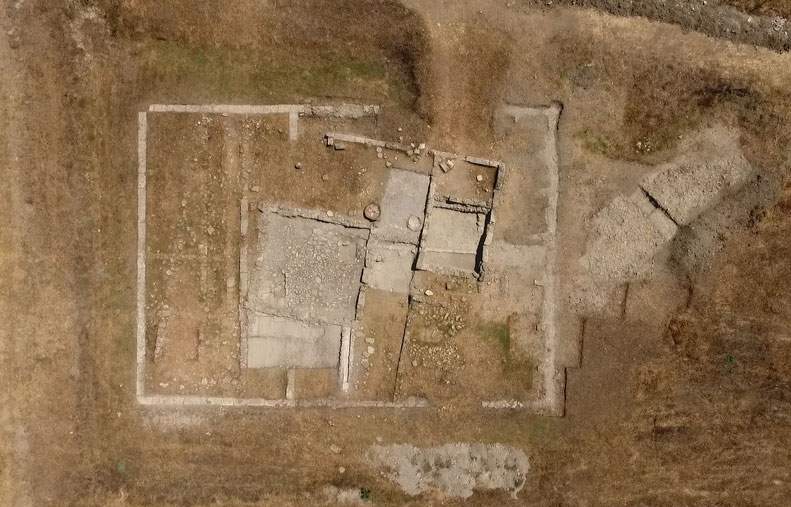The annual excavation campaign at the Sanctuary of Hera at the mouth of the Sele River in Paestum ended on Friday, July 27, 2018: four weeks in which a group of 15 young archaeologists, postgraduates and those enrolled in the master’s and bachelor’s degree programs in archaeology at the Department of Humanistic Studies of the University of Naples Federico II, under the scientific direction of Professor Bianca Ferrara and the coordination of Dr. Rachele, conducted excavation work.
These have led to the verification of a series of anomalies identified through geophysical analysis, which have made it possible to recover the intact level of the Vesuvius eruption of 79 A.D. and the frequentation phase of the classical age.
The news concerns the oldest building in the area, made of isodomic blocks, which returns a rectangular plan, perfectly oriented North/South. Moreover, thanks to two essays, the construction methods of the imposing building were clarified.
The materials recovered within this foundation trench allow dating the time of construction in the final decades of the 6th century BC.
The 2018 investigations revealed an internal division of the southern part of the building characterized by the presence of pillars, the function of which will be defined by upcoming explorations.
 |
| Annual excavations at the Sanctuary of Hera at the mouth of the Sele River in Paestum concluded |
Warning: the translation into English of the original Italian article was created using automatic tools. We undertake to review all articles, but we do not guarantee the total absence of inaccuracies in the translation due to the program. You can find the original by clicking on the ITA button. If you find any mistake,please contact us.